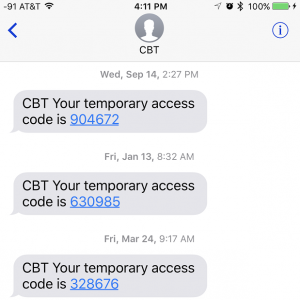Chris and I are always scouring the InterWebs for tech news. What new developments will affect the world of technology? Who has a new gizmo out there and what are the experts saying about it? And, most importantly, what new developments will impact our customers? We have a bunch of favorite websites for tech news that we’d like to share with you:
 Chris’ favorite websites for Tech News:
Chris’ favorite websites for Tech News:
Because he’s the Principal Geek, Chris’ reading tends to be more technical than mine. Here are three of his faves:
- Ars Technica – I think this is his most favorite site.
- C|Net – I like C|Net too.
- Wired – I can’t prove it, but we were one of Wired’s first subscribers to their print magazine!
Gail’s favorite websites for Tech News:
I’m more like an average person with a little bit of tech knowledge. Here are four of my favorites which tend not to be as technically complicated as Chris’ reading:
- Fast Company – I like FastCo because they have some pretty engaging content.
- Huffington Post – Granted, these articles are “dumbed down” for the masses, but it does give me more of an idea of what people are worried about with their tech right now.
- Gizmodo – Lots of gadgets – it’s all about the gadgets.
- The Verge – Reviews of lots of trendy new tech toys.
Check out these websites and let us know what you think. Do you have other favorites that we haven’t listed here? Let us know in the comments below. And, as always, If you found this helpful, please forward it!
Chris Eddy of Geek For Hire, Inc. has been providing computer service to families and small businesses with Mac’s and PC’s for the past fifteen years. His company is highly rated by both the BBB (Better Business Bureau) and by Angie’s List. You can find more on our website, or give us a call 303-618-0154. Geek For Hire, Inc. provides onsite service (Tier 3) to the Denver / Boulder / Front Range area as well as remote service throughout North America.
We’ve been using Amazon Prime for the past few years. We like the free 2-3 day shipping and the online streaming. I haven’t tried the Kindle lending library yet. I’ll try that next! Prime is normally $99/year, but you can try it for 30 day for free by clicking on this link: Try Amazon Prime 30-Day Free Trial (Yes, we’ll get a small commission if you sign up.)


